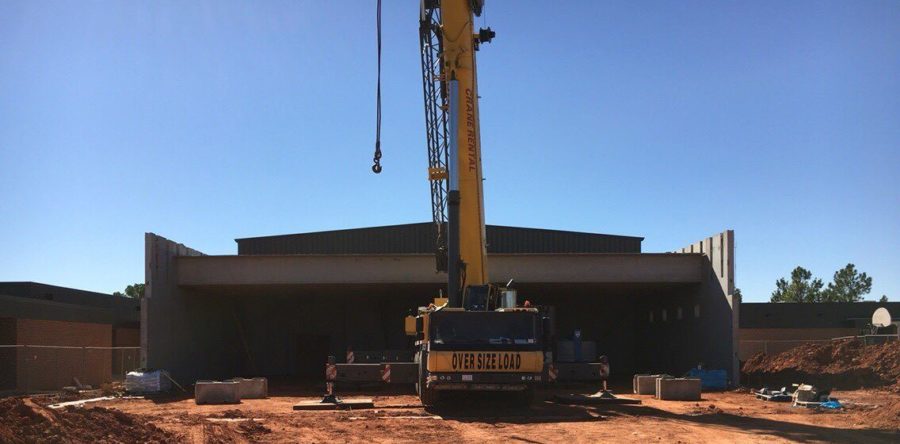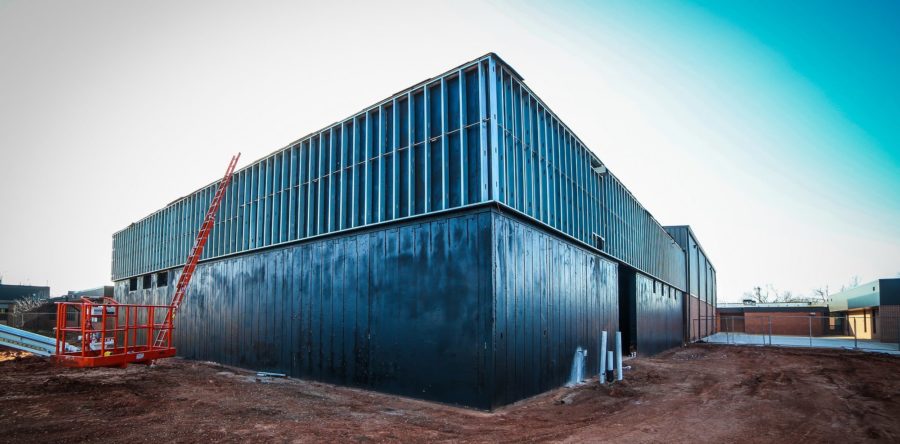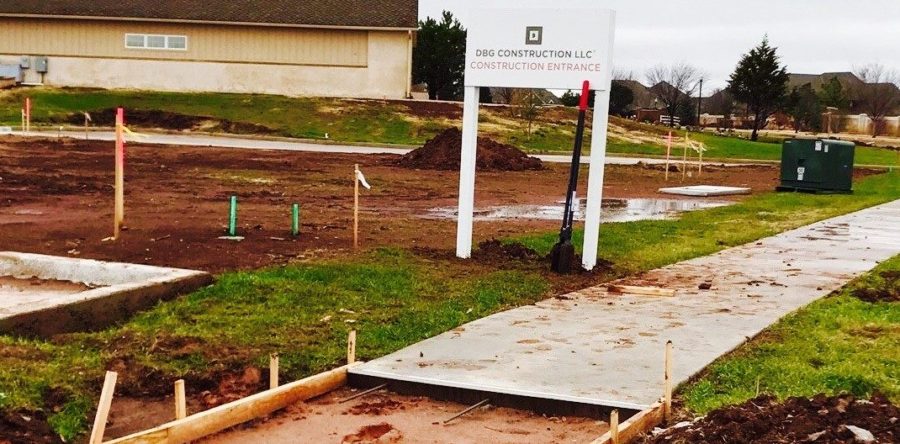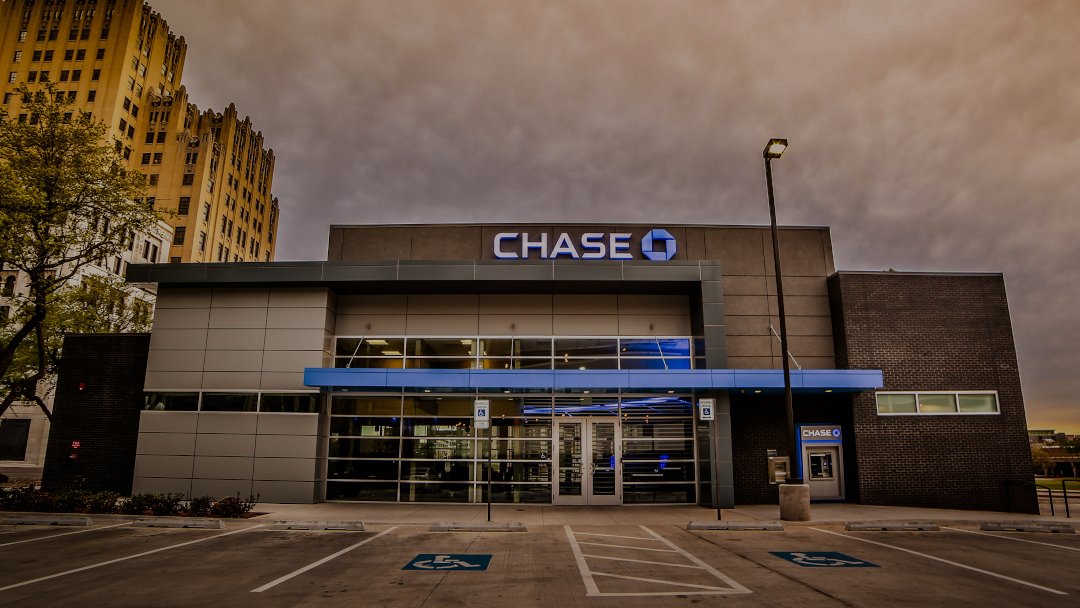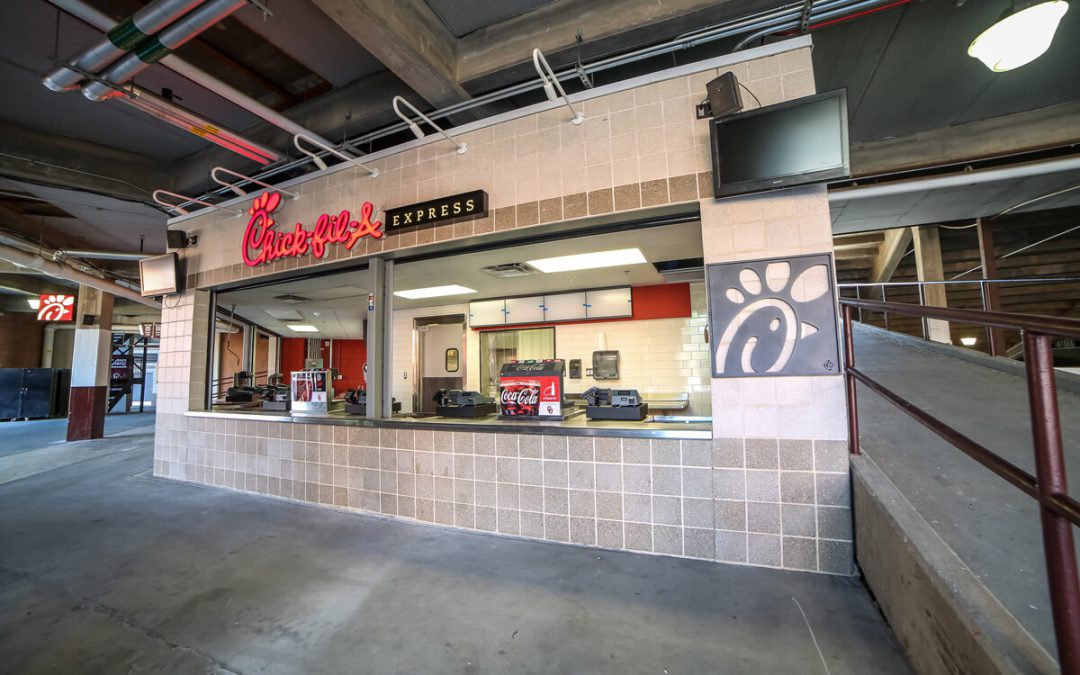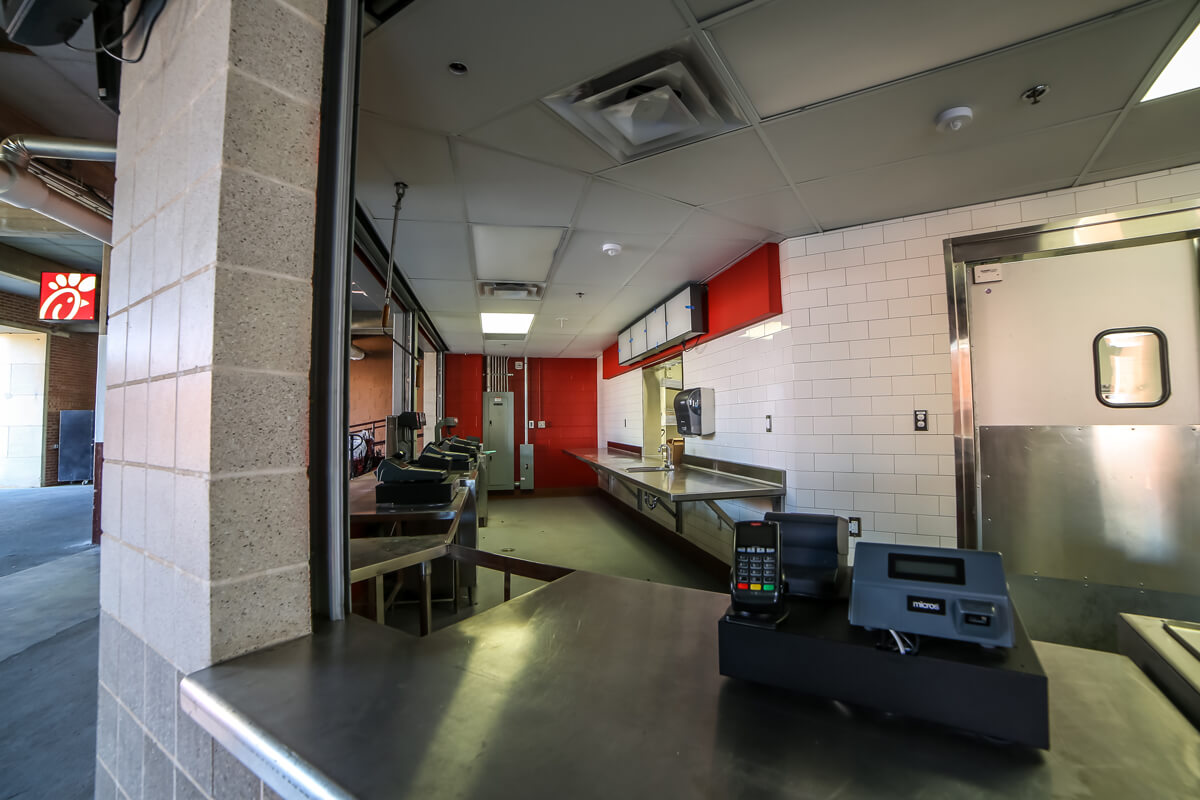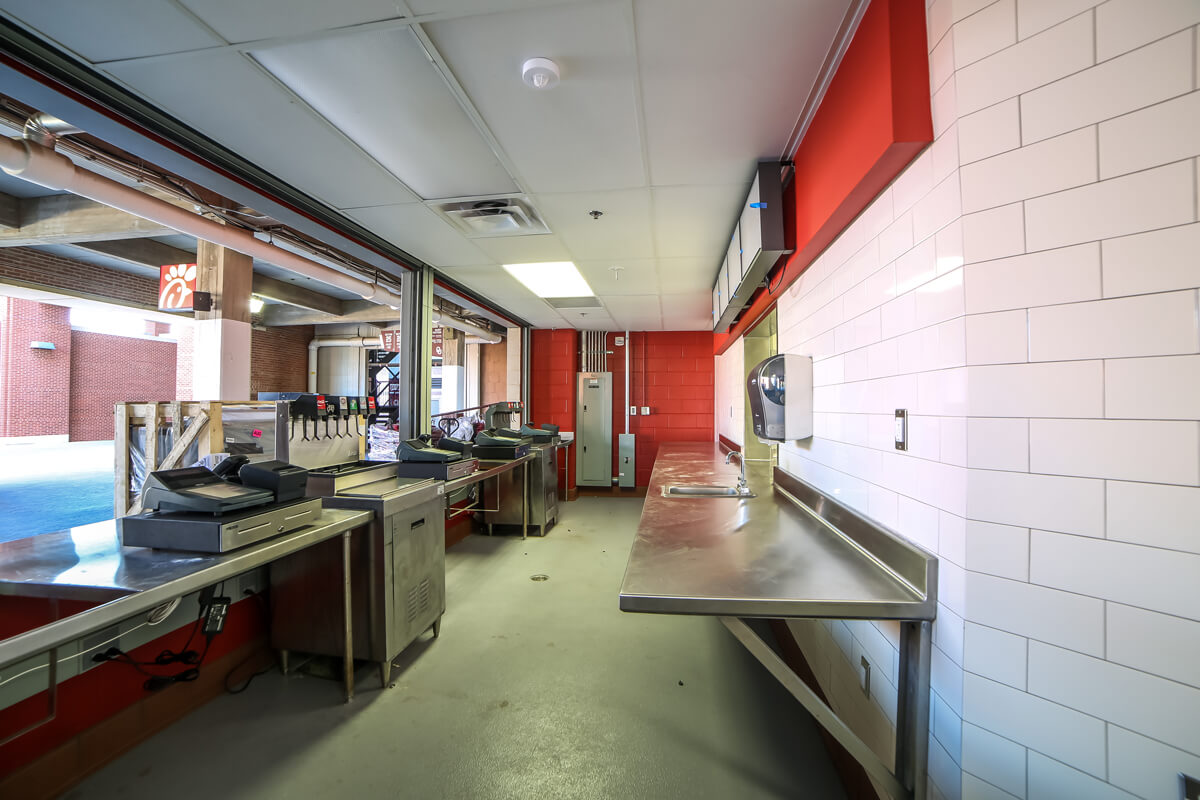
The Innovation Imperative
More than any other characteristic, twenty-first century markets are iconized by technological and industrial revolution. According to industry experts, however, the construction industry – specifically, the commercial sector – has yet to commence its third industrial revolution, leaving it far behind other major market sectors [1] (think: transportation, consumer staples, hotels, restaurants, and leisure, etc.). So much so, that the World Economic Forum delivered a report on the state of the construction industry, indicating that traditional business model and project delivery had undergone no fundamental changes in the past 50 years. [2]
So how do general contractors spur innovation in our industry?
In this week’s blog, we have examined a few of the smaller scale steps local and regional contractors can take to encourage development and progress in their spheres of commercial construction. We also brought in some substantiating excerpts from the World Economic Forum to show how effectively these approaches can further our industry’s development.
1. Integrate Innovation Culture
Integrate innovation culture into your work environment. It takes strategy and deliberation to create a diverse, multidisciplinary team. While it is traditional to on-board individuals with specific construction experience, bringing in team members from varied backgrounds streamlines knowledge transfer and induces innovation. It produces and overall agile organization that is flexible, nimble, and responsive to consumer demands.
When envisioning the Burj Khalifa – the world’s tallest building and Dubai’s iconic landmark, Sheikh Mohammed and Emaar Properties chairman Mohamed Alabbar put great effort into assembling a project team from across the world. [3]
Why? To build a team that would push innovation and dedicate themselves to a vision that rejected the status quo.
The result? A building that has broken several world records and defied conventional limits.

“Their unwavering visions inspired the project team to go beyond the known limits – increasing the building’s height and implementing still-unproven processes and technologies.” [4]
2. Sustain Innovative Relationships
Sustain innovative relationships with suppliers and subcontractors. Subcontractors and suppliers develop a highly specialized expertise in their products. Who better to craft creative, effective solutions for a general contractor than the product experts?
Traditional approaches to construction segregate the design-bid-build process, which does not always promote open discussion among the project’s participants. Instead, it prompts each portion of the process to remain siloed from the other, limiting transfer of information.
When OVG Real Estate, Deloitte, and PLP Architecture embarked on a mission to create the world’s most sustainable office building, aptly dubbed The Edge, they reached out to the experts first: their subcontractors. By working closely with these suppliers and startups, OVG Real Estate introduced 21 innovations that had never been applied b
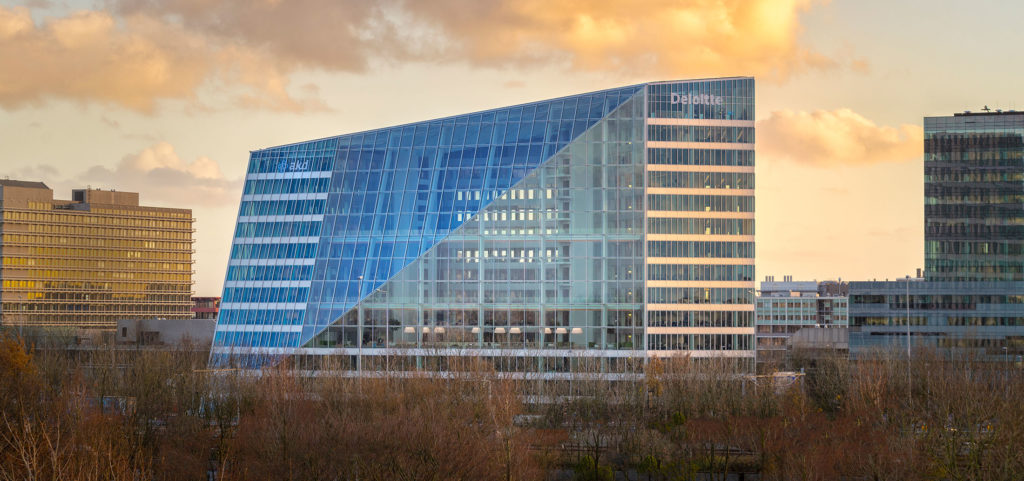
“We think we can be the Uber of buildings,” states chief executive officer of OVG Real Estate. “We connect them, we make them more efficient, and in the end we will actually need fewer buildings in the world.” [5]
Why is innovation imperative for general contractors?
Satisfying Expectations
Efficiency developments in other markets generate expectation for customers and consumers across all sectors – especially when it comes to speed. Technological developments have produced a metamorphic shift in consumer mentality. The modern individual expects immediate results and perpetual updates (think: Facebook, Twitter, Instagram, and every other notification that pops on a daily – let’s be real, hourly – basis). General contractors must learn to work with new, emerging consumer expectations: faster, better results. It is a mentality that has taken the service market by storm and sets the bar high even for companies delivering complex products.
Establishing Relevance
This is perhaps the most pressing challenge for participants of the commercial construction industry. General contractors in particular already face logistical challenges, modifying traditional operations to incorporate new apps, software, tools, and gear. More importantly, however, general contractors face the added challenge of personalizing the entire construction process – i.e. incorporating the client.
General contractors can assess user needs, wishes, and ideas as the framework for design and engineering. From their project’s “Lessons Learned,” OVG attributed part of their success to the help of user studies and interviews. The design and construction team were able to gain “an early and accurate understanding of the client’s needs and preferences, combining open spaces with focus rooms and quiet zones to allow for different usages during a typical working day – phone conferences, informal meetings and tasks requiring high-focus.” [6]
This approach is becoming especially pertinent as the twenty-first century ushers in highly-specialized service methods for consumers. Companies succeed when they promise, market, and deliver personalized services with positive experiences.
DBG has had the pleasure of achieving such an outcome with multiple projects – the pinnacle of which was a design-build project for Dunlap Codding Law Firm.
“Trust and trustworthiness are concepts that are highly sought by professional service firms. Appropriately, however, it is very rarely earned. DBG has earned the trust and admiration of the partners of Dunlap Codding as well as the employees of our firm. Our trust is not simply because of the outcome achieved – which is exceptional – but also for the manner in which DBG handled themselves during all aspects of the project. DBG’s personnel are exacting professionals who we believe always had out best interests in mind – DBG acted as a partner in the project rather than a typical vendor of goods or services.” – Douglas J. Sorocco, Director and Shareholder, Dunlap Codding


